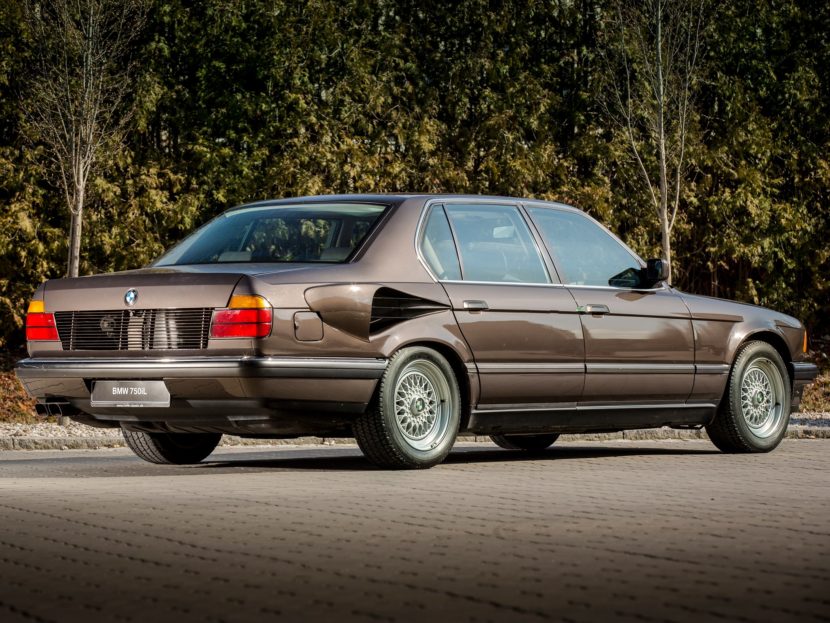Note: English captions are available.
The BMW 7 Series E32 will go down in history as the very first passenger car with a V12 engine launched in Germany after World War II. It went on sale in 1986 with the mighty 5.0-liter M70 unit making a healthy 296 horsepower in the top-of-the-line 750i. Shortly after the fullsize luxury sedan hit the market, the engineers from Munich were given complete freedom to work on an even larger engine.
This is how the Goldfisch came to be, based on the 750i but renamed 767 (aka “The Secret Seven”) to reflect the fact its engine was enlarged to a massive 6.7-liter displacement. The number of cylinders increased by four to a grand total of 16, but there were never plans to put the powerhouse into production. However, the Bentley Mulsanne was tested with the V16 as a possible upgrade over the turbocharged V8. It never happened.
Speaking of the Mulsanne, its engine bay was big enough to accommodate the gigantic 6.7-liter mill. That wasn’t the case with the E32 as BMW had to make quite a few changes to cram in the majestic V16. Chief of which was fitting a pair of radiators to the back of the car, hence the fiberglass ducts of the bespoke quarter panels. At the rear, the L-shaped taillights were narrowed to make room for a custom grille necessary to extract the hot air. A new video puts the spotlight on the unique contraption, which was presented internally in July 1988.

With a V16 engine under the hood, the Goldfisch would’ve been the king of the road. The huge engine made a little over 400 hp and more than 600 Nm of torque, with both figures representing significant improvements over the standard M70. As if the V16 wasn’t impressive enough, it sent power to the rear axle via a six-speed manual gearbox.
An interesting note placed on the driver’s display reveals that 4,000 rpm corresponds to 6,000 rpm. Otherwise, it’s a fairly basic E32 cabin since this was a prototype to be shown internally rather than a production model that would be available to the general public. Hypothetically, the Goldfisch would’ve received gold accents and a V16 badge on the inside had BMW built it. With the test vehicle being based on the 750iL, it had the longer wheelbase with ample legroom for rear passengers.
A few years ago, BMW Group Classic said the one-off 767iL illustrates “what happens when you let your engineers get creative.” Sure, its power might not sound like much by today’s standard, but roughly 35 years ago, 400 hp from an engine without forced induction was an impressive feat. The core brand has given up on the V12 with the new 7 Series G70, so the only way to get a twelve-cylinder unit is by stepping up to a Rolls-Royce. The folks from Goodwood are also planning to phase it out as RR will go purely electric by 2030.
Source: CarRanger / YouTube




































































